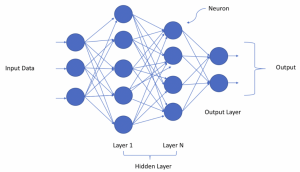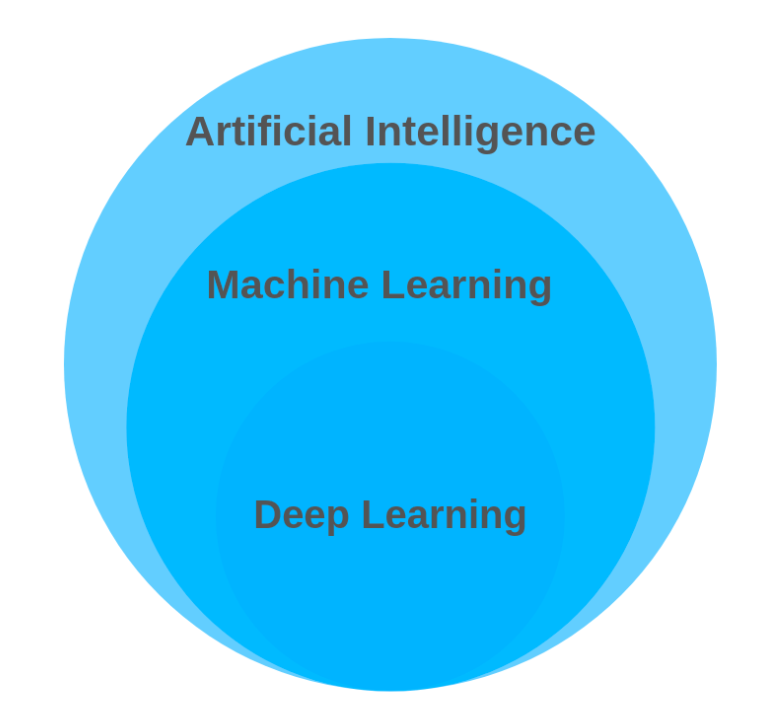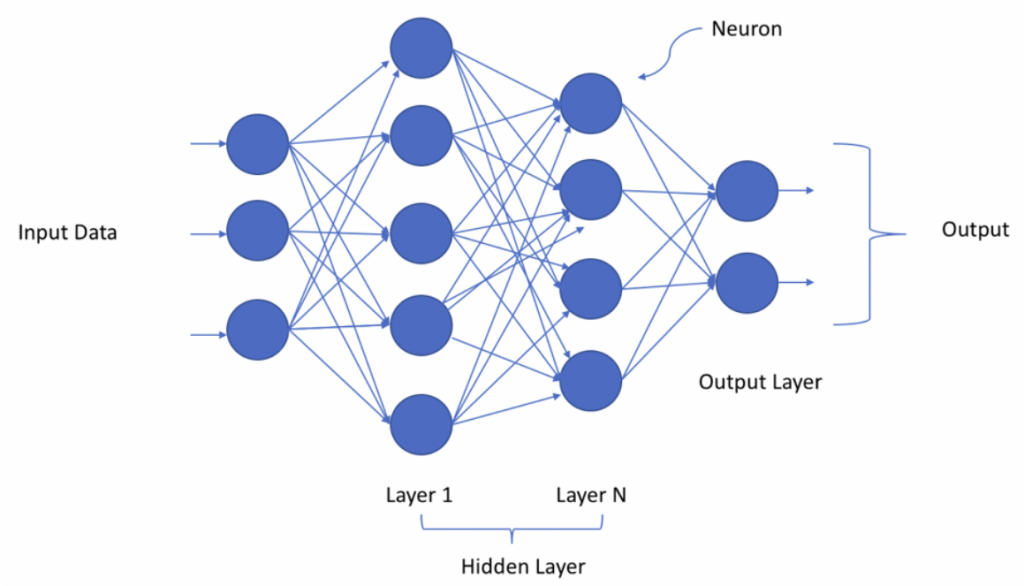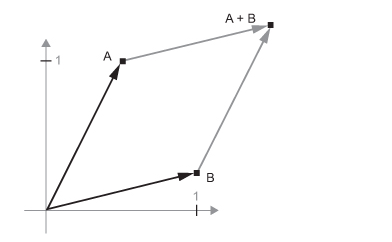
In this post, you will get to learn deep learning through simple explanation (layman terms) and examples.
Deep learning is part or subset of machine learning and not something which is different than machine learning. Many of us when starting to learn machine learning try and look for the answers to the question “what is the difference between machine learning & deep learning?”. Well, both machine learning and deep learning is about learning from past experience (data) and make predictions on future data. Deep learning can be termed as an approach to machine learning where learning from past data happens based on artificial neural network (a mathematical model mimicking human brain). Here is the diagram representing the similarity and dissimilarity between machine learning and deep learning at a very high level.

What is Deep Learning?
Deep learning represents deep neural network. Neural network with more than 1 hidden layer (or 2 or more hidden layers) can be termed as deep neural network. And, the model created with neural network having 2 or more hidden layers apart from input and output layer is said to be based on deep learning. Before going ahead, lets understand what is artificial neural network?
What is Artificial Neural Network?
Artificial neural network is a bunch of computation units called neurons laid out in one or more layers while the neurons being connected with each other. Neuron as a computation unit can be expressed as a weighted sum of inputs and looks like the following:
[latex]w_0 + w_1x_1 + w_2x_2 + w_3x_3 + … + w_nx_n[/latex]
In the above equation, the [latex]w_n[/latex] represents the weight and [latex]x_n[/latex] represents the corresponding input. Each neuron is associated with what is called an activation function which decides on the output of the neuron. When all the neurons across different layers are connected with each other, the neural network is also called as fully-connected neural network.
A neural network having just one neuron can be called as a sungle-layer neural network. It is called as the perceptron. A neural network having one input layer, one hidden layer and one output layer is called as multi-layer perceptron (MLP) network.
What is Deep Neural Network?
Deep neural network is artificial neural network with 2 or more hidden layers. Here is a diagram representing the deep neural network trained with inputs to create predictions (outputs). Make a note of multiple hidden layers and blue circles representing computation unit called as neuron. As there are linkages between the computation unit aka neurons across different layer, so the name “neural network”.

How does the Deep Neural Network work?
The core to simple (single layer or MLP) neural network or deep neural network (2 or more hidden layers) is the computation units called neurons laid out in layers and connected with neurons of another layers. The neurons perform computation on input data and results in an output based on the activation function. These computations result in geometric transformations of input data. For instance, arithmetic operation on two vectors result in another vector which can be visualized in the following manner.

Similarly, a rotation of a 2D vector by an angle [latex]\theta[/latex] can be achieved via a dot product with a 2 × 2 Matrix.
Based on above, it can be comprehended that a neural network can be seen as a very complex geometric transformation in a high-dimensional space, implemented via a long series of simple arithmetic operations. The following analogy is taken from the book, Deep Learning with Python by François Chollet. Deep learning can be understood as uncrumpling a highly folded data manifolds into neat representation of data. It is same as uncrumpling the paper ball to a neat looking paper as shown in the below diagram.

You may notice that once the paper ball shown above is uncrumpled, it becomes easy to identify the paper. In the similar way, deep neural network uncrumple data with manifolds into simple representation step-by-step, layer-by-layer. Each layer in a deep network applies a transformation that disentangles the data a little—and a deep stack of layers making the whole process as a sophisticated disentanglement task like uncrumpling paper and straighten it well enough to understand the paper in a better manner.
Conclusions
Here is the summary of what you learned regarding the deep learning and deep neural network:
- Deep learning is a subset of machine learning
- Deep learning is about learning from past data using artificial neural network with multiple hidden layers (2 or more hidden layers).
- Deep neural network uncrumple complex representation of data step-by-step, layer-by-layer (hence multiple hidden layers) into a neat representation of the data
- Artificial neural network having one hidden layer apart from input and output layer is called as multi-layer perceptron (MLP) network.
- The most basic computation unit of deep learning network is called as a neuron. Multiple neurons form a layer.
- Mathematics Topics for Machine Learning Beginners - July 6, 2025
- Questions to Ask When Thinking Like a Product Leader - July 3, 2025
- Three Approaches to Creating AI Agents: Code Examples - June 27, 2025
I found it very helpful. However the differences are not too understandable for me